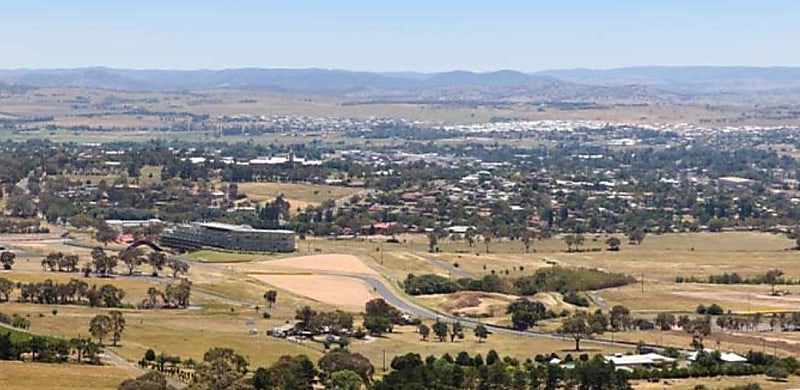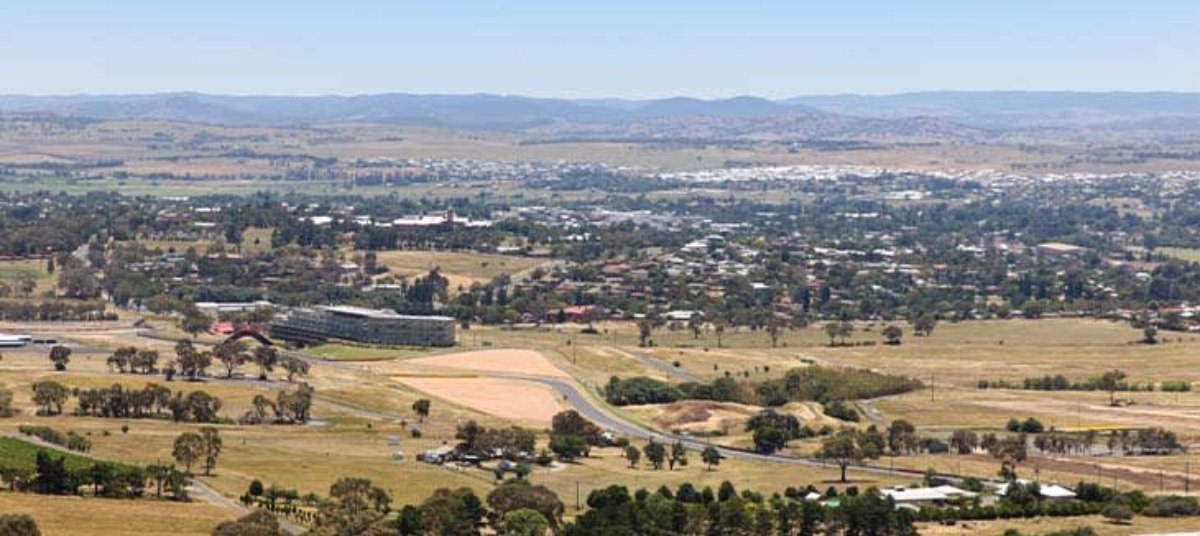
The regions have continued to show a slightly stronger home value growth trend compared to the capitals, according to new data.
Australian housing values held steady in February (up 0.3 per cent) according to new data from property analytics provider CoreLogic, with growth in regional areas continuing to outpace the capitals.
The month-by-month change in dwelling value for the regions (up 0.4 per cent) was slightly higher than the combined capitals (up 0.3 per cent), according to CoreLogic’s latest Hedonic Home Value Index (HVI) – an index calculated using recent sales and property attribute data.
This trend was more pronounced when observing the rolling quarterly HIV data that showed 1.0 per cent quarterly growth for the regions compared to a 0.3 per cent decline in values in the capitals.
Overall, CoreLogic’s HVI put the national median value at $815,912, a 0.3 per cent increase on the previous month and a 3.8 per cent annual change.
The greatest month-by-month value changes were observed in Melbourne and Hobart (both up 0.4 per cent). By comparison, Sydney (up 0.3 per cent), Brisbane (up 0.2 per cent), Adelaide (up 0.3 per cent), and Canberra (up 0.2 per cent) were also relatively steady during February.
Darwin (down 0.1 per cent) was the only capital to report a monthly decline for the period, while regional Victoria (flat) was the only regional area not to report positive month-on-month growth.
Affordability pressures
Speaking to The Adviser, Tim Lawless, CoreLogic research director, commented on the impact of housing affordability pressures on growth in the capitals.
“One of the common factors of this loss of momentum in the capital cities is simply affordability. They [the capitals] do tend to be quite a bit more expensive than their regional counterparts,” Lawless said.
“They’ve also been more exposed to the slowdown in overseas migration as a source of demand for housing. So, I think it’s probably a blend of just affordability challenges locking prospective buyers in the marketplace, as well as less demand coming through from that overseas migration, which generally tends to drive rental demand more directly.
“You have to argue that when overseas migration was as high as what it was at a time when vacancy rates were pretty much rock bottom, there was a lot of spillover from rental demand and the purchasing demand as well.”
Rural rise
Lawless also commented on the regional growth trend, saying some of the strongest-performing markets weren’t the “usual suspects”.
“They’re much more rural markets like Townsville, Gladstone, Bunbury, Geraldton,” Lawless said.
“The markets really driving the regional growth trend through the pandemic were typically the regional satellite cities adjacent to the capitals or the regional lifestyle markets, typically coastal markets.
“It’s now been more of a trend where some of the more rural markets, particularly those in Queensland and WA have been driving that stronger regional growth trend.”
Looking forward
The Reserve Bank of Australia’s (RBA) decision to cut the cash rate could also have an interesting bearing on future datasets, according to Lawless.
“There is a little bit of a seesaw phenomenon happening here, where, through the pandemic, regional markets were generally outperforming the capitals. And then as interest rates rose and that affordability advantage had eroded quite substantially across regional Australia, the capital cities, once again, started to outperform,” Lawless said.
“More recently, we’ve seen that reversal. So, I wouldn’t be surprised now that interest rates are coming down, and we’ve seen a bit of a correction, and then in capital city markets, particularly Melbourne and Hobart and Canberra, where values have come down more substantially. They’ve seen an affordability improvement. Absolutely, I think those markets could see a stronger growth rate.”
 Login
Login











JOIN THE DISCUSSION